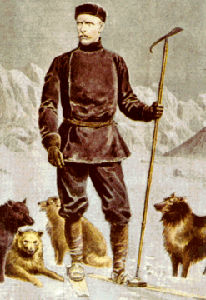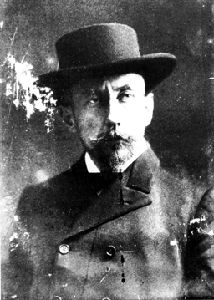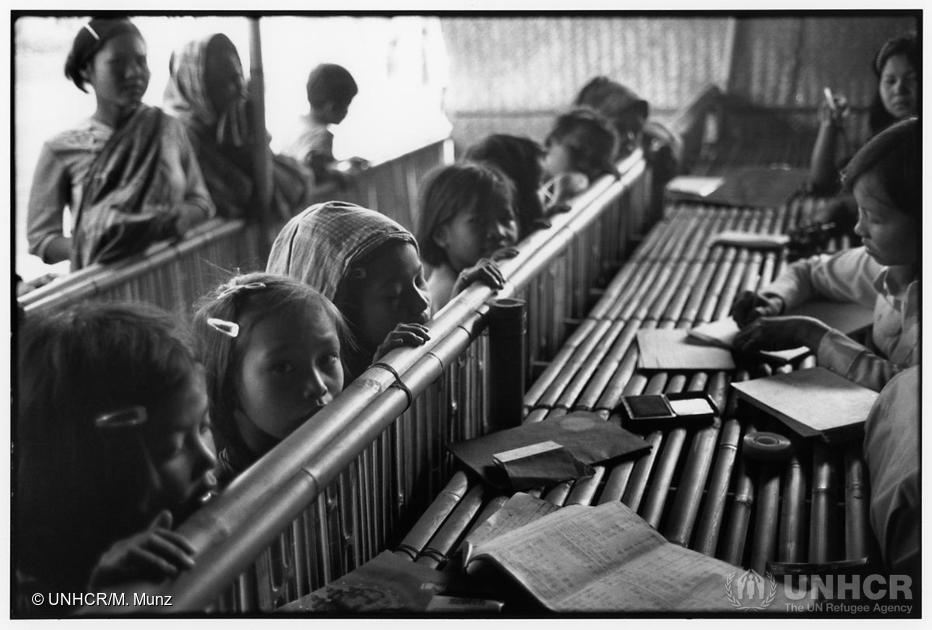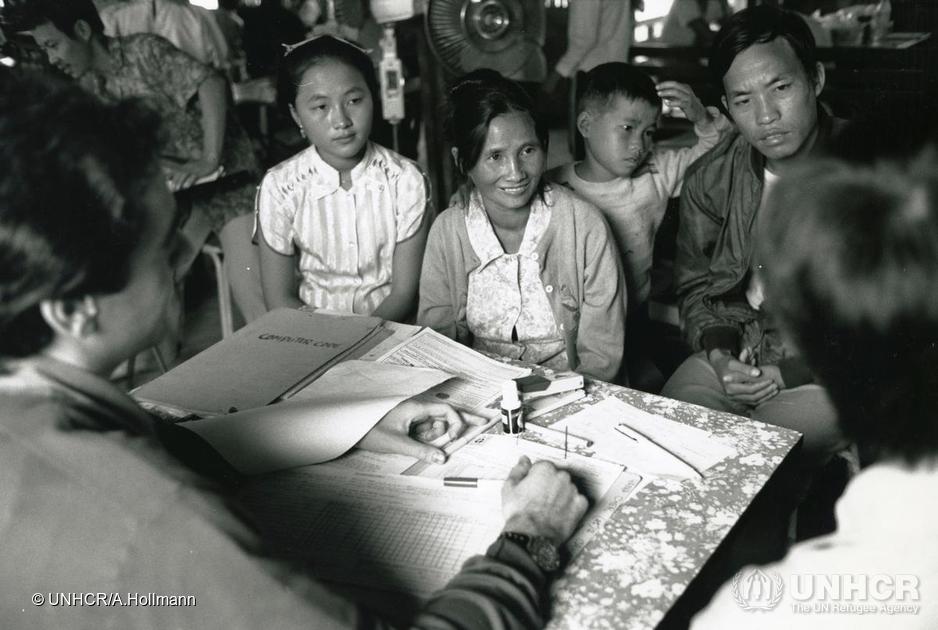Norway is a Scandinavian country in northwestern Europe. It is bordered by Sweden, Finland and Russia. Permanent Norwegian migration to North America began in 1825 when the first shipload of Norwegians arrived in New York. In 2016, the Canadian census reported 463,275 people of Norwegian origin (35,905 single and 427,370 multiple responses).
History
Over the course of the 19th century, some 500,000 Norwegian migrants landed at Quebec, which was the shortest corridor to the central American states. Very few remained because of Canada's restrictive land policies at that time (see Immigration Policy in Canada). It was not until the turn of the century that Norwegians began to seek out Canada as a final destination. Many American Norwegians also began to move to Canada seeking homesteads and new economic opportunities during that period. By 1921 one-third of all Norwegian descendants in Canada had been born in the US.
Norwegians were active in Canadian waters at the end of the 19th century. Fridtjof Nansen, a Norwegian explorer, scientist and diplomat was the pioneer of many major expeditions. Otto Sverdrup charted many of the arctic islands. He named Axel Heiberg, Amund Ringnes and Ellef Ringnes islands for his Norwegian sponsors. Norwegian Roald Amundsen navigated the last unsailed link in the Northwest Passage. In 1930, Norway recognized Canadian sovereignty in the Arctic. Henry A. Larsen, of Norwegian birth, was the first Canadian to travel the Northwest Passage (see Arctic Exploration).
Did you know?
In the 1960s, Nordic sagas helped Helge Ingstad, a Norwegian explorer and writer, to discover the site of an 11th-century Norse outpost at the tip of Newfoundland’s Great Northern Peninsula, known as L'Anse aux Meadows. It is believed to be the earliest known site of European settlement in North America (see Norse Voyages; Icelanders).
Migration and Settlement
Major Norwegian settlements in the Canadian West occurred between 1886 and 1929 (see History of Settlement in the Canadian Prairies). The major settlements can be roughly divided into three periods of 15 years each.
In the first period, from 1886 to the turn of the century, Norwegians arrived with the building of the Canadian Pacific Railway and a West that was not open to homesteaders. During this time, a Norwegian colony was established in Calgary in connection with the Eau Claire Lumber Mill (see Lumber and Wood Industries).
Second, from 1900 to 1914, a great influx of Norwegians came from both the US and Norway (18790 from Norway).
The third period, from 1914 to 1929, saw 21574 Norwegians arrive from Norway. The 1931 census reported 93243 people of Norwegian descent in Canada. Of these, 39241 were born in Canada, 32551 in Norway and 21451 in the US. The Great Depression and the Second World War (WWII) reduced the flow of Norwegian immigrants to 1376 from 1930 to 1945. From 1945 to 1959, 9196 arrived. Between 1960 and 1975 only 4615 arrived.
The 2016 census estimated that there were 463,275 Canadians of Norwegian origin (single and multiple response). The western provinces of British Columbia and Alberta reported the highest population of Norwegian Canadians with more than 100,000 each.Social and Cultural Life
In Canada, Norwegians established their own ethnic and religious associations. Because Norwegian settlements in Canada began as extensions of their experiences in America, their major social organizations were generally continental institutions. This is still true of the Sons of Norway lodges, which were originally established in Minneapolis in 1895. The newspaper Noorrana, founded in 1910 in Winnipeg but later published in Vancouver, ended there in 1984 (see Newspapers in Canada). Ethnic clubs and societies promote charter tours to Norway so that recent generations may become aware of their distinctive heritage.
Several factors contributed to the integration of Norwegians into Canadian society over the years. For example, the dominant Anglo-Canadian culture (see English Canadians), the public school system, decreasing migration from Norway, Norwegians’ readiness to speak English and to marry into other groups, and their readiness to accept Canadian citizenship all played a role in this process. The above-average educational status of many Norwegians opened doors to advancement in urbanized society.
A distinctive cultural identity is still maintained in the homes of many Norwegian Canadians, where traditions often center on festivals and foods.
Language classes in Norwegian are again popular, and even the third and fourth generations are finding ways to connect to their roots (see Immigrant Languages in Canada). The 2016 census recorded 5035 people who reported that Norwegian was their mother tongue (first language learned).
Well-known Canadians of Norwegian descent include skier Anne Heggtveit and figure skater Karen Magnussen. The acknowledged father of Canadian skiing is Herman-Smith Johannsen, who was nicknamed "Jackrabbit" by the Cree. For his contribution to Canadian skiing he was named to the Order of Canada in 1972 at the age of 97. Academy award winning film director and animator Torill Kove is Norwegian Canadian.
Religious Life
In 1941, of Norwegians in Canada, 84.7 per cent adhered to the Lutheran Church, 5.4 per cent the United Church of Canada, 2.6 per cent the Anglican, 1.5 per cent the Presbyterian and 5.8 per cent miscellaneous groups. In 1967 the Evangelical Lutheran Church, of Norwegian background, became an autonomous Canadian synod. Evangelical Lutherans of Norwegian background are a diminishing minority because of continuing church mergers.
Because most early immigrants were literate and Lutheran, they placed high value on a Christian education for their children. Most Norwegian settlements not only promoted local summer parochial schools but conducted confirmation classes beyond the regular Sunday school. The Norwegian Lutherans established Camrose Lutheran College in 1911 and Outlook College in 1915. Then, in co-operation with other Lutheran synods, they founded the Canadian Lutheran Bible Institute in 1932 and Luther Theological Seminary in 1939.

 Share on Facebook
Share on Facebook Share on X
Share on X Share by Email
Share by Email Share on Google Classroom
Share on Google Classroom




